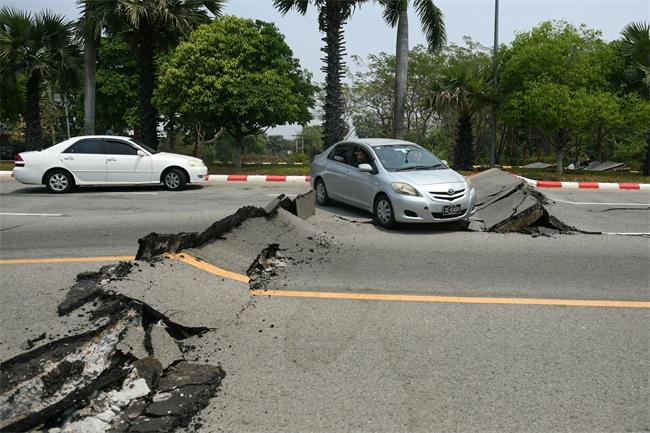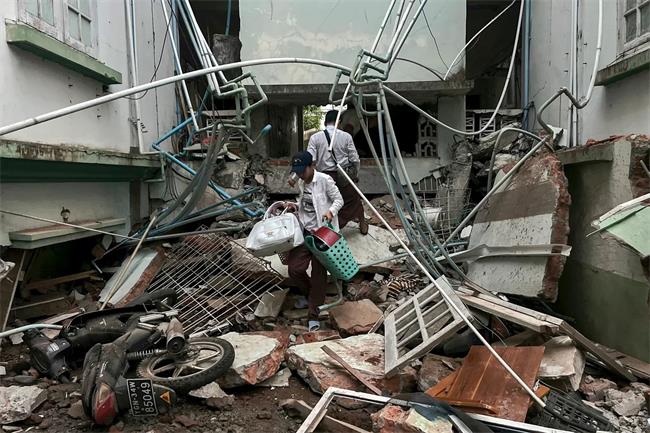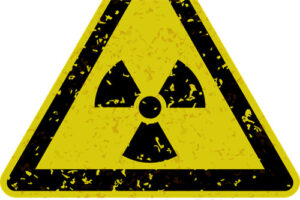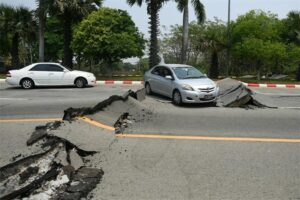What Made the Myanmar-Thailand Earthquake So Devastating
The Ground Shook Like Never Before: Myanmar’s Devastating 7.7 Earthquake and Its Far-Reaching Impact
On March 28, just as midday approached in Myanmar, the earth unleashed a terrifying force. A magnitude 7.7 earthquake, with its epicenter a mere 12 miles from Mandalay, sent violent tremors rippling across Southeast Asia. Streets split open, ancient pagodas crumbled, bridges snapped like twigs, and homes collapsed in seconds. The sheer power of the quake left entire neighborhoods in ruins—proof that nature’s fury can reshape lives in an instant.

A Quake That Felt Like Hundreds of Nuclear Bombs
The energy released was staggering—comparable to hundreds of nuclear explosions. Even 600 miles away in Bangkok, a 30-story skyscraper under construction swayed violently before disintegrating. Experts estimate thousands of casualties and economic losses in the tens of billions of dollars.
Why was this quake so destructive? Judith Hubbard, an earthquake scientist at Cornell University, explains: “This was a shallow, massive rupture—close to the surface, where shaking is most intense.” But the real tragedy? Most buildings in the region weren’t built to survive such force.
The Fault Line That Doomed Myanmar
The culprit? The Sagaing Fault, a massive crack in the Earth where tectonic plates grind past each other. This fault has a violent history—just last year, a magnitude 5.8 quake struck the same zone. But this time, the rupture was exponentially worse.
Robin Lacassin, a geophysicist in Paris, confirms: “The Sagaing Fault is Myanmar’s version of California’s San Andreas—a ticking time bomb.” And here’s the chilling part: Nay Pyi Taw, Myanmar’s capital, sits right on top of it.
Why the Damage Was So Severe

Earthquakes aren’t just “natural disasters”—they expose human failures. Amilcar Carrera-Cevallos, an earthquake expert, points out: “Myanmar lacks earthquake-resistant buildings.” In places like Japan or Chile, structures are designed to sway, not collapse. But here? Most buildings stood no chance.
Even Thailand, far from the epicenter, saw damage—proof that seismic waves traveled unnervingly far. Scientists believe the Sagaing Fault acted like a megaphone, funneling tremors straight into Bangkok.
A Crisis Compounded by Conflict
Myanmar was already in turmoil—a military coup and civil war had displaced millions. Now, this quake will push even more into homelessness. Aftershocks will linger for weeks, hampering rescue efforts in what’s already a humanitarian nightmare.
The Takeaway?
This quake is a brutal reminder: Disasters aren’t just about nature—they’re about preparedness. When the next big one hits (and it will), will the world’s most vulnerable regions be ready?
For now, Myanmar’s recovery looks bleak—but perhaps this tragedy will spark change. Better building codes, early warning systems, and global aid could save countless lives next time.
























